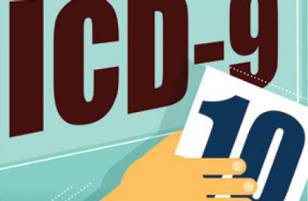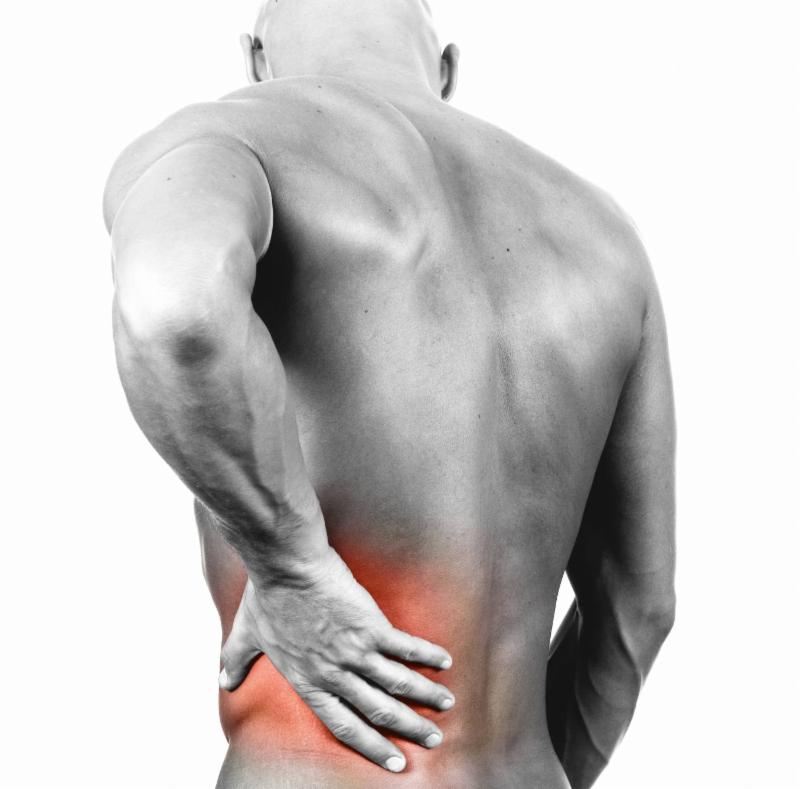Why Is It?
 "ICD" stands for the International Classification of Diseases, a medical classification by the World Health organization. ICD version 9 has been in place since 1979. The Health Care Financing Administration (HCFA) is the agency that administers the Medicare, Medicaid and Child Health Insurance Programs in the United States. Since 1994, HCFA has called for a greater degree of reporting detail than what the ICD9 codes have been capable of capturing and initiated work between various government agencies to replace ICD9 with a system that is far more specific in defining pathologies and capturing details regarding the cause of pathologies. ICD10 is a 7-digit system that replaces the 4-digit ICD9 system. After many aborted launch attempts in the United States, as of October 1, 2015, we are now in the ICD10 era. A few other countries have adopted ICD10 considerably earlier than the United States, for instance Canada had fully implemented it by 2004.
"ICD" stands for the International Classification of Diseases, a medical classification by the World Health organization. ICD version 9 has been in place since 1979. The Health Care Financing Administration (HCFA) is the agency that administers the Medicare, Medicaid and Child Health Insurance Programs in the United States. Since 1994, HCFA has called for a greater degree of reporting detail than what the ICD9 codes have been capable of capturing and initiated work between various government agencies to replace ICD9 with a system that is far more specific in defining pathologies and capturing details regarding the cause of pathologies. ICD10 is a 7-digit system that replaces the 4-digit ICD9 system. After many aborted launch attempts in the United States, as of October 1, 2015, we are now in the ICD10 era. A few other countries have adopted ICD10 considerably earlier than the United States, for instance Canada had fully implemented it by 2004.
What Is It's Structure?

Digit 1 -- Alphabetical -- The most common ones that massage therapists will see are:
-
M = musculoskeletal or connective tissue condition
-
S = injury or consequences of external causes
- M00-M25 ArthropathiesM30-M36 Systemic connective tissue disorders
- (M00-M03) Infectious arthropathies
- (M05-M14) Inflammatory polyarthropathies
- (M15-M19) Arthrosis
- (M20-M25) Other joint disorders
- M40-M54 Dorsopathies
- (M40-M43) Deforming dorsopathies
- (M45-M49) Spondylopathies
- (M50-M54) Other dorsopathies
- M60-M79 Soft tissue disordersM80-M90 Osteopathies
- (M60-M63) Disorders of muscles
- (M65-M68) Disorders of synovium and tendon
- (M70-M79) Other soft tissue disorders
- M91-M94 Chondropathies
- M95-M99 Other disorders of the musculoskeletal system and connective tissue
- S00-T14 - Injury
- (S00-S09) head
- (S10-S19) neck
- (S20-S29) thorax
- (S30-S39) abdomen, lower back, lumbar spine and pelvis
- (S40-S49) shoulder and upper arm
- (S50-S59) elbow and forearm
- (S60-S69) wrist and hand
- (S70-S79) hip and thigh
- (S80-S89) knee and lower leg
- (S90-S99) ankle and foot
- (T00-T07) involving multiple body regions
- (T08-T14) unspecified parts of trunk, limb or body region
- T15-T98 - Poisoning and certain other consequences of external causes
- (T15-T19) Effects of foreign body entering through natural orifice
- (T20-T32) Burns and corrosions
- (T33-T35) Frostbite
- (T36-T50) Poisoning by drugs, medicaments and biological substances
- (T51-T65) Toxic effects of substances chiefly nonmedicinal as to source
- (T66-T78) Other and unspecified effects of external causes
- (T79) Certain early complications of trauma
- (T80-T88) Complications of surgical and medical care, not elsewhere classified
- (T90-T98) Sequelae of injuries, of Poisoning and of other consequences of external causes
- For "M" and "S" category codes, the side of the body is indicated. Generally:
- 1 = right
- 2 = left
- Note: There are a variety of different methods for denoting bilateral locations.
- A: Initial Encounter -- Used while the patient is receiving active treatment for the condition being diagnosed.
- D: Subsequent Encounter -- Used for care after the patient has received active treatment for the condition and is now receiving routine care during the healing or recovery phase.
- S: Sequelae -- Used for complications or conditions that the patient might develop as a result of the initial condition or injury. Examples might be a joint contracture, a scar, painful hardware after an arthrodesis was done.
- Fractures have a different extension code than other conditions based on open vs. closed, routine vs delayed healing, non-union or malunion.
- For codes that are 3 to 5 characters, the place holder "x" is used to fill in the empty character fields with the extension code at the end. An example is:
As massage therapists, we should then use the ICD10 code as it's written on the referral and not change the extension code. The big issue for us as massage therapists will be the doctor's correct usage of the ICD10 codes and knowing when they should use the "A", "D" and "S" extensions for injuries. Most insurance policies do not allow for "maintenance" treatment of our patients/clients so the 64 million dollar question is whether the insurance companies will actually pay out for "D" extension codes for the variety of manual therapies. Both billing companies stated that it will take several months of billing through the insurance companies to find out what they are or are not going to pay for.
For further details, please look at the following documents:
ICD9 vs ICD10 -- What are the Biggest Changes?
- More specificity to body structures
- Denoting which side of the body/structure
- More specificity to conditions
- Providing external cause codes: MVA, work-related injuries, sports codes, etc.

Here are common pain codes:
- Shoulder -- M25.511 (R), M25.512 (L)
- Upper Arm -- M79.621 (R), M79.622 (L)
- Elbow -- M25.521 (R), M25.522 (L)
- Forearm -- M79.631 (R), M79.632 (L)
- Wrist -- M25.531 (R), M25.532 (L)
- Hand -- M79.641 (R), M79.642 (L) (excludes fingers)
- Hip -- M25.551 (R), M25.552 (L)
- Thigh -- M79.651 (R), M79.652 (L)
- Knee -- M25.561 (R), M25.562 (L)
- Lower Leg -- M79.661 (R), M79.662 (L)
- Ankle -- M25.571 (R), M25.572 (L) (excludes foot/toes)
- Foot -- M79.671 (R), M79.672 (L) (excludes toes)
- Cervicalgia -- M54.2
- Thoracic Spine -- M54.6
- Low Back Pain -- M54.5
 th ICD10. If you're trying to look up a code you'll want to use the "2015/16 ICD-10-CM Diagnosis Codes" link on the www.icd10data.com website. Or, if you know what the ICD10 code is, but not the description, you can just type the ICD10 code into the search line at the top of the webpage to get the description.
th ICD10. If you're trying to look up a code you'll want to use the "2015/16 ICD-10-CM Diagnosis Codes" link on the www.icd10data.com website. Or, if you know what the ICD10 code is, but not the description, you can just type the ICD10 code into the search line at the top of the webpage to get the description.Or, if you have a $100, you can purchase the PMIC ICD10CM book displayed to the left. There are versions on CD and many other options that you can pay for. Just type in "PMIC ICD10CM" into a general search field in your website browser to pull it up.
